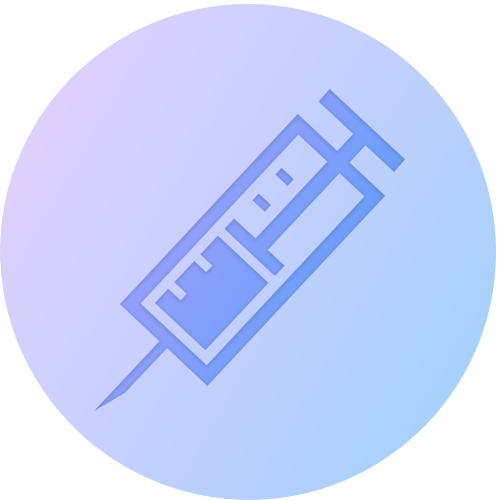Does vitamin D reduce the severity of COVID-19? (Part 1)

Over the past 6 months, I’ve noticed that there has been a large number of prescriptions for vitamin D. Also, recently, many of my patients have been asking me about vitamin D supplementation in response to COVID-19. Hence, I wanted to take the opportunity this week to give you all a brief summary of what vitamin D is and its importance of to our body. Next week, I’d like to discuss some of the clinical findings available and also the findings published recently in the Lancet that could potentially link Vitamin D deficiency to the severity of COVID-19 infection in people belonging to vulnerable groups.
What is Vitamin D?
There is no doubt that many of you have heard of “Vitamin D” and you may also be aware that we can get it from exposure to the sun. However, not many of us understand exactly what Vitamin D is and why it is so important. To set the scene and understand the role of vitamin D deficiency in COVID-19, we must first understand what Vitamin D is.
Vitamin D as the word itself suggests is a type of vitamin that our body needs to function properly. It is made up of fat-soluble vitamins that exist in two forms: Vitamin D2 and D3. Vitamin D, in general, is produced, stored, and released into the circulation by a chemical reaction that occurs in our skin. It’s triggered by and is dependent on UVB radiation from sunlight, hence its nickname, “the sunshine vitamin”.
What is the difference between vitamin D 2 and D3?
In general, vitamin D2 (ergoclciferol or pre-vitaminD) is extracted from plants and can be found in fortified food and supplements. Vitamin D3 (colecalciferol) on the contrary is naturally produced in our body or found in animal food sources. Vitamin D3 is usually the preferred form as it tends to increase blood concentration and last longer compared to D2.
What is the best way to obtain vitamin D?
Only a small amount of food contains vitamin D and because of its small role in assisting us to replenish vitamin D, exposing our skin to sunlight is still our best way of getting it naturally. Although the production of vitamin D from our skin is the natural source for us to obtain vitamin D, many people have insufficient levels particularly during the winter months where we spend most of our time indoors to avoid the cold. People with darker skin tones also tend to have lower vitamin D levels due to the skin pigment (melanin) acting as a shade in reducing the production of vitamin D.
Although the sun plays a crucial role in helping us produce vitamin D, there is little information available about exactly how much sunlight is necessary to make enough vitamin D3 to maintain a healthy body and promote strong bones. But what we do know is the danger of overexposure to sunlight and the risk of skin cancer. It should come as no surprise that Vitamin D deficiency only affects 5% of adults in New Zealand because of how much we love our beaches and the outdoors during the summer months. On the contrary, we have the highest incidence of melanoma (the most serious kind of skin cancer) in the world. Because of the intensity of the sun we have in New Zealand, we must achieve a balance between exposing ourselves to enough sunlight to maintain adequate vitamin D levels while still avoiding the risk of skin cancer.
According to the Ministry of Health, optimal vitamin D levels can be produced in a few minutes if at least the face, arms, and legs are exposed. This information prevents us from turning into burnt toast! Hence, there is no additional benefit in spending longer in the sun. The current recommendation for people who burn easily in the sun is only 5 minutes of sun exposure each day before 11 am and after 4 pm. While people with a darker skin tone may require up to 20 minutes instead.
Is there a thing with too much vitamin D?
Sourcing vitamin D through prolonged sun exposure is more likely to cause skin damage than vitamin D toxicity because our skin can produce a compound that protects the body from producing excessive amounts of vitamin D. In saying so, vitamin D toxicity can occur from overdosing on vitamin D supplements. Too much vitamin D may result in abnormally high levels of calcium circulating in our bloodstream, leading to confusion and arrhythmias.
Stay tuned next week for a look at the evidence of whether vitamin D could help fight COVID-19.
To smart sun exposure,



















